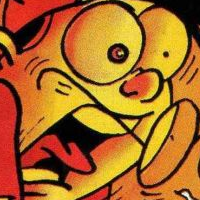
Minifigure legs without holes? (From 1983 unreleased book)
By
jamesster, in General LEGO Discussion
-
Recently Browsing 0 members
No registered users viewing this page.

By
jamesster, in General LEGO Discussion
No registered users viewing this page.